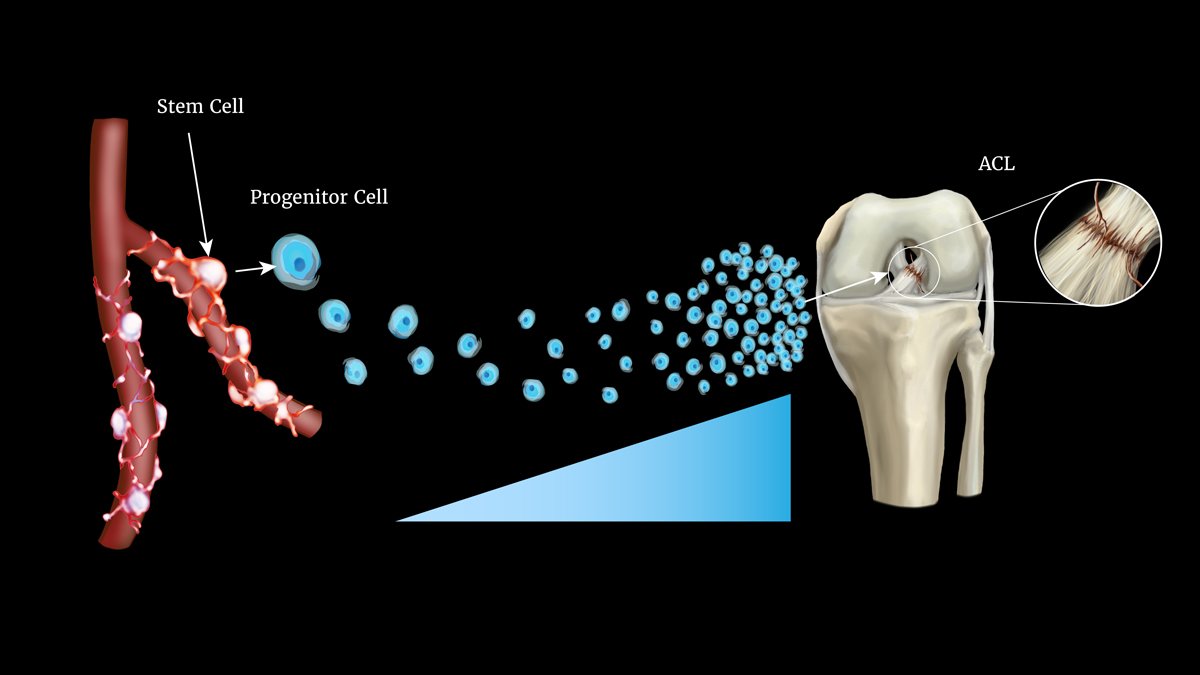One of the most hopeful developments in contemporary medicine is stem cell treatment, which gives patients with diseases that were previously thought to be difficult or even incurable fresh hope. This therapy is transforming healing times, enhancing quality of life, and, in many circumstances, lowering the need for intrusive treatments by using the body’s own capacity for regeneration.
Comprehending Stem Cell Treatment
Due to their ability to differentiate into a vast array of specialized cell types, including blood, muscle, and neurons, stem cells are incredible. This adaptability enables medical professionals to replace or repair damaged tissue, promote healing, and return function to normal. By promoting natural regeneration, stem cell therapy tackles the root cause, in contrast to conventional therapies that often concentrate on treating symptoms.
Increasing The Rate Of Recovery
The capacity of stem cell treatment to dramatically reduce recovery times is among its most revolutionary features. Stem cells aid in accelerating tissue healing, whether they are applied after surgery, an accident, or to treat degenerative disorders. Because of this, patients may resume their regular activities more quickly, with less downtime and fewer consequences.
For instance, stem cell therapies have been used by athletes to heal sports injuries including cartilage damage and damaged ligaments. Without the need for invasive surgery or protracted rehabilitation, the therapy’s regenerative qualities may help individuals restore their range of motion and function.
Increasing The Number Of Conditions That Can Be Treated
As research advances, the variety of conditions treated with stem cell therapy expands. Positive outcomes have been observed in the treatment of orthopedic conditions, including osteoarthritis, spinal injuries, and joint degeneration. Neurological disorders, such as Parkinson’s disease and multiple sclerosis, are also being investigated, and preliminary results are promising.
The possibility of stem cell treatment to restore damaged heart tissue after a heart attack is being investigated in the area of cardiovascular medicine. Similarly, by promoting skin regeneration, it may help cure severe burns or chronic wounds in dermatology. Its capacity to address such a broad range of medical issues demonstrates its revolutionary potential in patient care.
Reducing Invasive Techniques
Compared to typical operations, stem cell treatment often provides a less intrusive option. For instance, stem cells may be injected to repair cartilage and enhance function in place of an artificial implant in a joint. This promotes a quicker recovery, decreases the danger of infection, and lessens the risk of surgery.
For individuals whose age or underlying medical conditions make them poor candidates for surgery, this approach may be very beneficial. They don’t need extensive surgery to receive relief and improve their function.
Cutting Down On Long-Term Drug Dependency
Patients with chronic diseases often need to take medicine every day to control their symptoms, which may have negative consequences and lower their quality of life. In certain situations, stem cell therapy might lessen or even completely replace the requirement for continuous pharmacological therapies by encouraging real healing rather than symptom management. In addition to enhancing patient well-being, this change has the potential to eventually reduce healthcare expenses.
Tailored Care For Improved Results
Utilizing the patient’s own cells, stem cell treatment may be customized to reduce the chance of rejection. Targeting the precise kind and location of tissue injury, customized therapy strategies guarantee the greatest possible result. Compared to traditional, one-size-fits-all methods, this degree of accuracy is opening the door to more durable and efficient outcomes.
Patient Recovery’s Future
Even more significant discoveries are anticipated in the years to come as stem cell research continues to progress. Researchers are looking for ways to increase the effectiveness of stem cells, combine them with other regenerative methods, and broaden their use to include complex neurological repair and organ regeneration. Patients may anticipate additional treatment choices that are safer, quicker, and more efficient than ever before as these advancements continue.
In Conclusion
Medical possibilities are being redefined by stem cell treatment. Stem cell treatment provides a less intrusive, more individualized, and often more successful route to recovery than conventional techniques by directly targeting tissue damage, encouraging quicker healing, and broadening the disorders it treats. The therapy’s effects on patient recovery will only get stronger as study goes on, giving people in need fresh hope and revolutionizing healthcare in the process.

